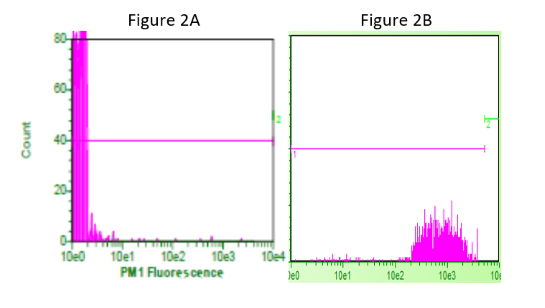Nav1.7-GFP HEK293 Cell Line
Stable recombinant HEK293 cell line engineered for doxycycline-inducible expression of human Nav1.7 (Genbank #Q15858) fused at the C-terminus to Green Fluorescent Protein [Ex. ~395 nm, 475 nm; em ~510 nm] and with C-terminal Streptavidin-Binding Peptide (SBP) fusion. Nav1.7 is a tetrodotoxin-sensitive voltage-gated sodium channel type IX subunit alpha (SCN9A).
Purchase of this cell line is for research purposes only; commercial use requires a separate license. View the full terms and conditions.
| Name | Ordering Information |
| Thaw Medium 4 | BPS Bioscience #60181 |
| Growth Medium 4A | BPS Bioscience #79535 |
The cell line has been screened to confirm the absence of Mycoplasma species.
Nav1.7 is a voltage-gated sodium ion channel that in humans is encoded by the SCN9A gene. It is usually expressed at high levels in two types of neurons, the nociceptive neurons at dorsal root ganglion and trigeminal ganglion, and sympathetic ganglion neurons, which are part of the autonomic (involuntary) nervous system.
Nav1.7 is present at the endings of pain-sensing nerves, the nociceptors, close to the region where the impulse is initiated. The Nav1.7 channel produces a rapidly activating and inactivating current which is sensitive to the level of tetrodotoxin. Knockout mice that lack Nav1.7 in nociceptors showed reduced response to inflammatory pain [1].
1. Catterall, W.A. Cell and Developmental Biology 16: 521–555 (2000).
2. Choi, J.S., et al. Neurology 67:1563-1567 (2006).
3. Li, Y., el al. Protein Science 20(1): 140–149 (2011).



